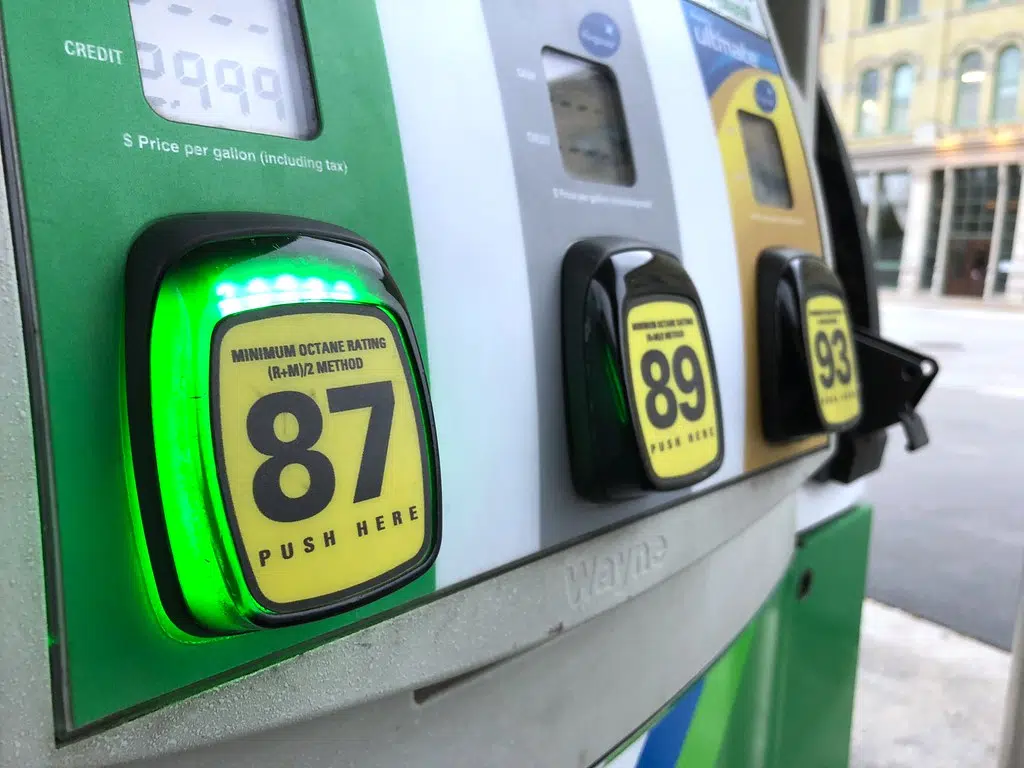Canada’s inflation rate skyrocketed to a nearly 40-year high of 8.1 per cent in June.
Statistics Canada says that is an increase from the 7.7 per cent gain recorded a month earlier.
“The acceleration in June was mainly due to higher prices for gasoline,” the agency said Wednesday.
Figures show consumers paid 54.6 per cent more for gasoline in June compared to the same time last year.
On a month-over-month basis, prices at the pump rose 6.2 per cent in June, following a 12 per cent increase in May.
“Gas prices largely followed crude oil prices, which peaked in the first week of June with higher global demand amid the easing of COVID-19 public health restrictions in China, the largest importer of crude oil,” said Statistics Canada.
“Crude oil prices eased in the remaining weeks of June amid slowing demand worldwide related to concerns of a global economic slowdown.”
Passenger vehicle prices rose by 8.2 per cent as demand continued to outpace supply due to the ongoing semi-conductor shortage.
On a monthly basis, prices rose 1.5 per cent in June, compared to 0.1 per cent in May, due in part to the higher availability of new model-year vehicles.
Food prices were up by 8.8 per cent in June, similar to the year-over-year increase recorded in May.
Higher demand for travel-related services has been seen with the eased public health measures and increased tourism.
Prices for accommodation across the country rose by nearly 50 per cent compared to this time last year.
“The return of sporting events, festivals and other large in-person gatherings has resulted in higher demand for accommodation, particularly in major urban centres,” said the report.
Prices for air transportation rose 6.4 per cent month over month in June, following a 0.8 per cent decline in May.
Air travel has continued to increase amid loosening COVID-19 public health restrictions, with pent-up demand heading into the summer travel season putting upward pressure on prices,” said Statistics Canada.
Overview by province:
- Prince Edward Island – 10.9%
- Manitoba – 9.4%
- Nova Scotia – 9.3%
- New Brunswick – 9.1%
- Alberta – 8.4%
- Newfoundland and Labrador – 8.2%
- Saskatchewan – 8.1%
- Quebec – 8.0%
- British Columbia – 8.9%
- Ontario – 7.9%
More details are available by clicking here.




